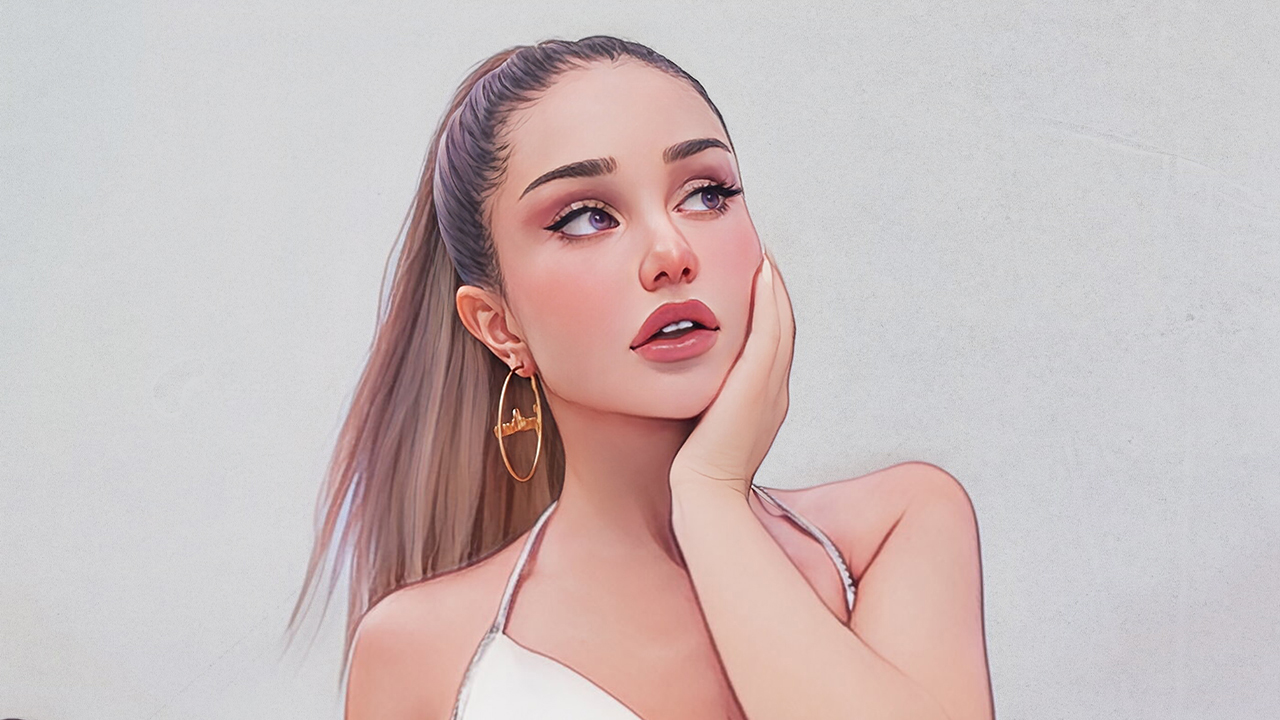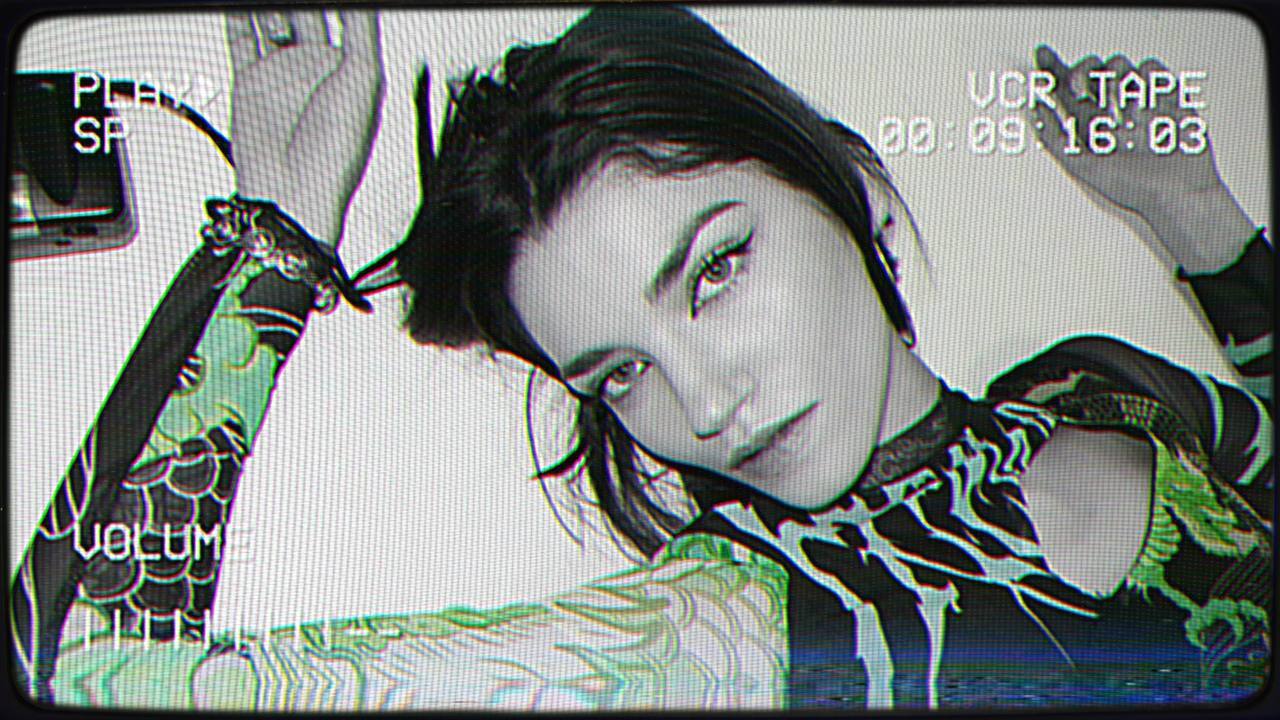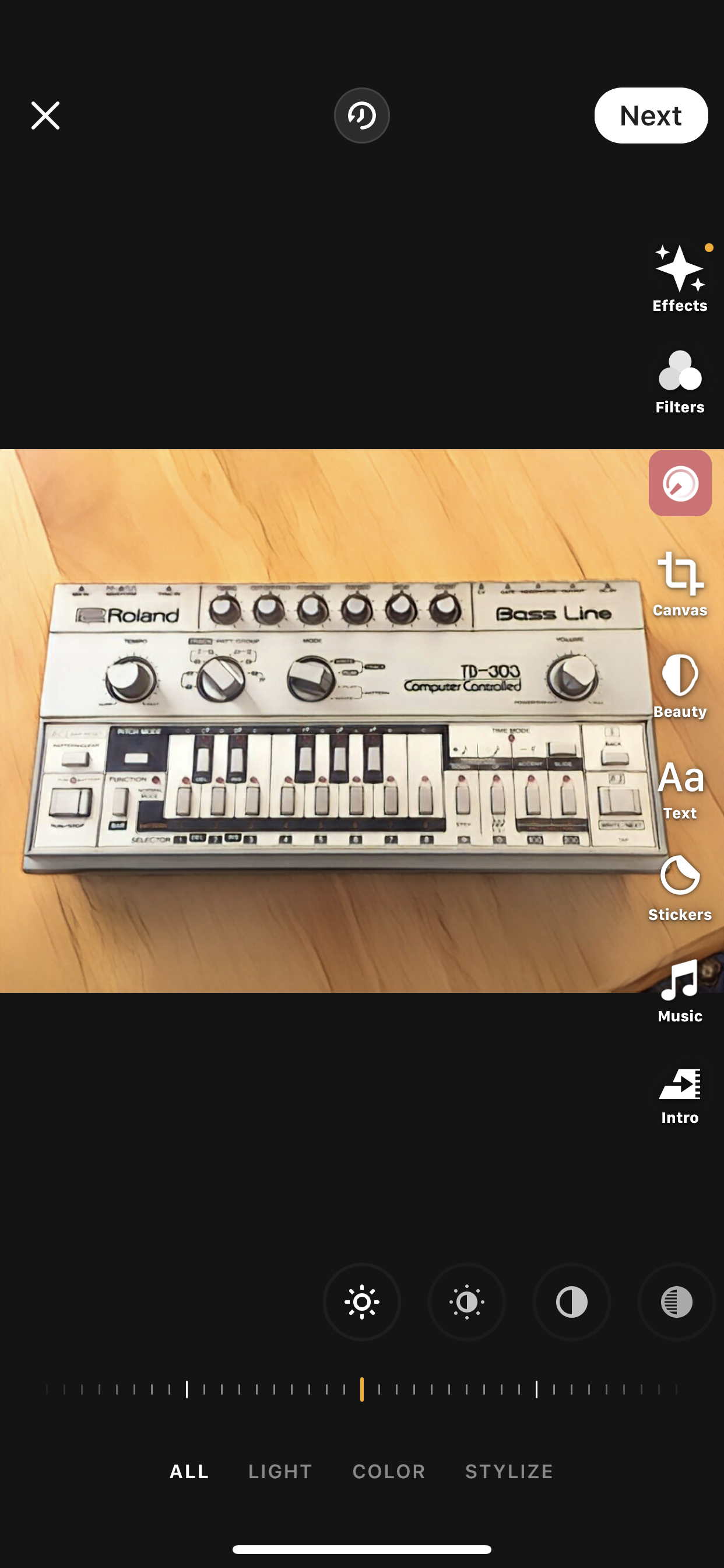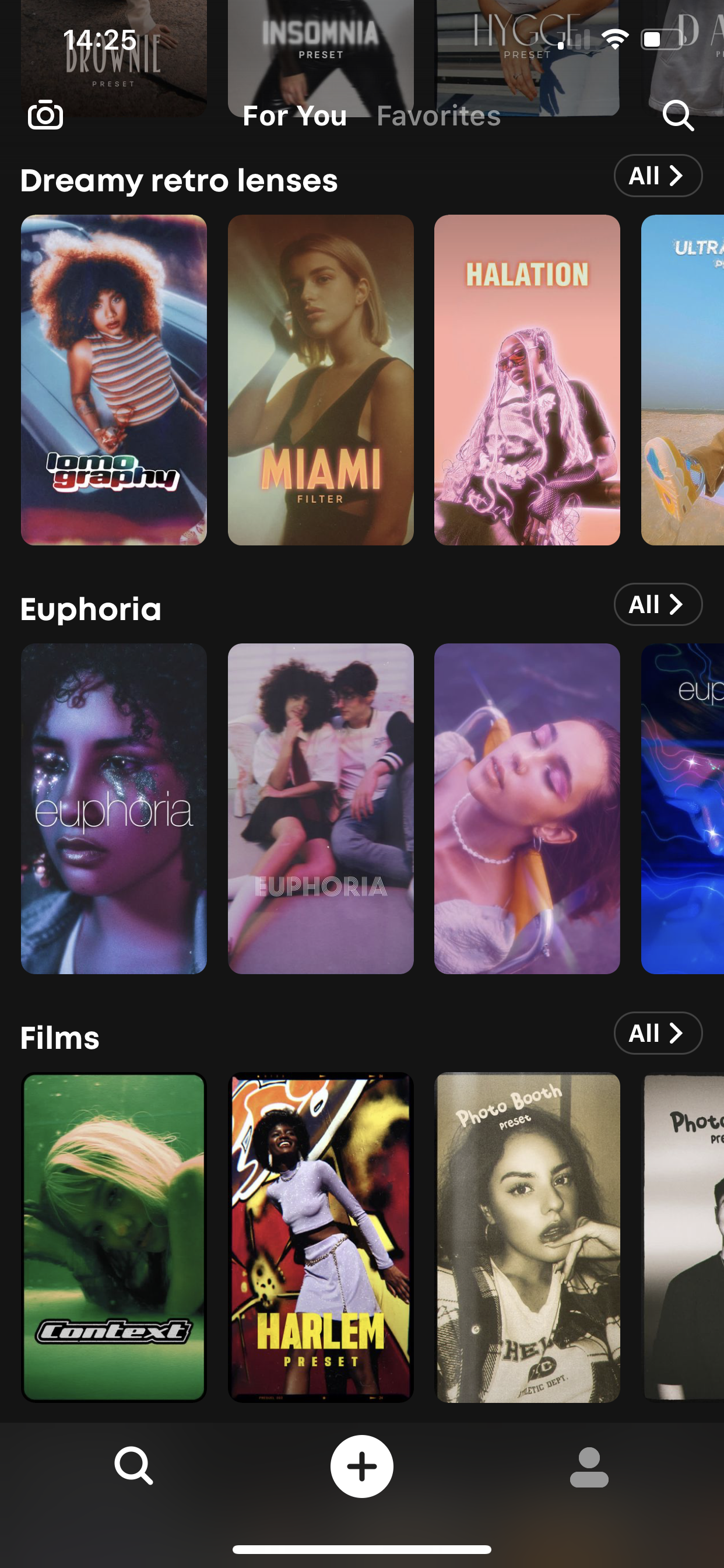How to create awesome AI art with Prequel
It's not all about DALL-E 2.

From Alexa to Siri, DALL.E to deepfakes, we’re living in an era where AI is rapidly marching into our daily lives. And as you’ve probably already read today, the world of art is quickly becoming entwined with AI and machine learning, signalling a significant change in how people create, consume and use digital images and video.
But it’s becoming clear that the deployment of AI in creative art is coming in many different forms. For example Adobe’s Neural Filters are for already somewhat able Photoshop users, capable of edits that normally aren’t possible with the traditional toolset. Then there are knowledge systems that generate entire images based on natural-language text descriptions, and are another thing completely. Among the most famous is DALL-E 2 (check out out guide on how to use DALL-E 2).

Prequel, a highly popular suite of photo and video editing tools for mobile devices, including AI-based effects, occupies yet another category, using machine learning for artistic tweaks that would be a significant workload for a professional designer on the desktop.
Prequel provides a massive range of filters, effects and templates that allow for one-tap edits to photo and video. Many are available for free with no time limit, although the full range requires a subscription.

Snap a great photo or record a video clip, quickly stylise it with any of the effects or themed filters, and it’s great for sharing - as an avatar, profile photo, perhaps as a cheerful message to a friend, complete with some text, put together in a few minutes at most without requiring deep knowledge of design tools.
As with any mobile app, it’s designed for quick edits on the go, but that’s not to say Prequel is simple. The inclusion of AI opens up a new way of using art tools on mobile devices. With a few taps you’re able to make dramatic, beautiful changes to images, followed by applying filters for further granular adjustment. With a bit of creativity, the tools and templates can be combined to create striking effects.

The star of the show is undoubtedly the “Cartoon” filter and its anime variations, which gives an effect of a hand-drawn cartoon from selfies, albeit with some subtly exaggerated features. The striking effect on human faces is absolutely incredible and can easily match the efforts of top AI teams from any of the big global names in design software.
Get the Creative Bloq Newsletter
Daily design news, reviews, how-tos and more, as picked by the editors.
To give you some idea, we took a selfie, ran it through the Cartoon AI effect, adjusting the facial features slightly, including eye colour, giving us a very pretty hand-drawn anime version of the subject. Then we applied one of the “Chicago” filters to transform the image into what looked like a black and white drawing.

Saving that, we then loaded it back into Prequel’s brand new Halloween effects, with a particularly cool “Tarot” template that adds some motion to the still image, with themed text, outputting a short video. Lastly, we added some gnarly drum and bass music, and cropped it to 16:9. A delightful video montage made from just a single selfie in less than 20 minutes.
The list of effects, filters and templates is almost overwhelming. A few only work on recognising a human face, others are video tools for combining clips in creative ways, while some use a themed template to quickly spice up an image in seconds, with retro, or seasonal effects. Notably the same cartoon AI technology can process video too, presenting a really cool short anime clip from any footage. We found that as always, well-lit images are the best source material, giving the best results from any of the effects we tried.

Aesthetic filtering on mobile devices has utterly exploded in recent years, coinciding with the rise of image-heavy social media sites such as Instagram and TikTok, where mountains of still images and video content are shared every second.
Millions of people now want to create great-looking customised content, but far fewer have the resources to learn design applications thoroughly. Prequel’s effects and filters are bridging that gap by offering a wider range of editing tools that are capable of more complex, better looking creations than simple, throwaway edits. With regular updates that add new effects, the design team retains an audience who are keen to share their new creations on social media.
We see how this concept still has room to evolve further. For example, the app’s audio tools could be more comprehensive, and it doesn’t let you choose output resolution yet.More crucially, the core AI technology behind Prequel is also constantly improving, resulting in better quality effects and opening the possibility for a wider range of aesthetic styles.
What’s clear is that the insatiable demand for on-the-go creative content will not be going away. And we feel it’s not directly competing with a design professional laboriously tweaking images on the desktop.
Read more:

Thank you for reading 5 articles this month* Join now for unlimited access
Enjoy your first month for just £1 / $1 / €1
*Read 5 free articles per month without a subscription

Join now for unlimited access
Try first month for just £1 / $1 / €1

Rob Redman is the editor of ImagineFX magazines and former editor of 3D World magazine. Rob has a background in animation, visual effects, and photography.
- Daniel JohnDesign Editor
